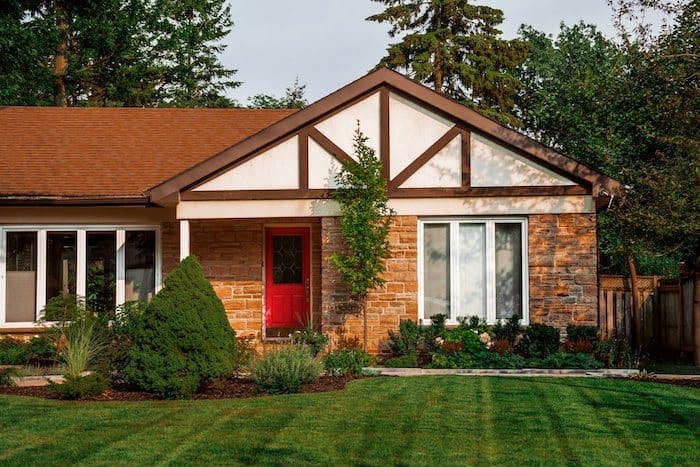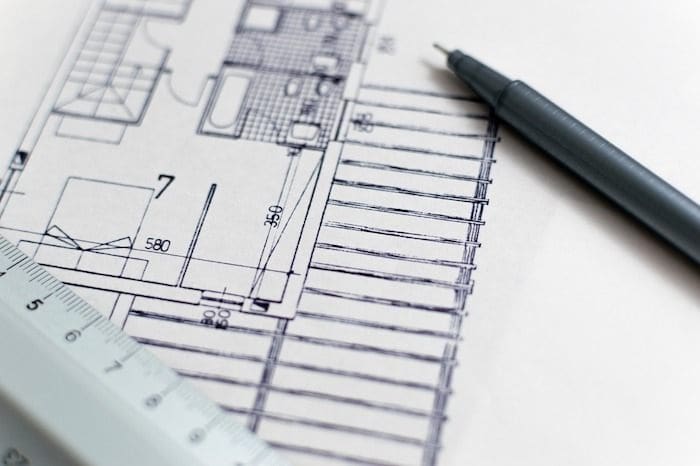Top 3 Real Estate Websites Optimization
- Published on
-
 Julia Aldrich Contributing AuthorClose
Julia Aldrich Contributing AuthorClose Julia Aldrich Contributing Author
Julia Aldrich Contributing AuthorJulia holds a B.S. in Psychology from the University of Pittsburgh. Her writing focuses on research-based nonfiction and can be seen in The Pitt News, eCampus, and Madwire.
Welcome to the age of the internet! Just thirty years ago, people found their homes via “for sale signs” stuck in lawns or in the ancient classified section of the newspaper. Now, we have hundreds of thousands of listings from all ends of the Earth right at our fingertips.
What can be better?
With just the click of a button, we can find the home of our dreams almost instantaneously on sites like Zillow, Homes.com, and Realtor.com. They feature brand new listings in every city and town every day. Not only do these listings give potential home buyers the price and location but they also provide photos and videos that give us a feel of the house without the hassle of a showing.
These 3 sites give a newfound edge to sellers, as they can post multiple listings on the sites and market to a much, much larger audience (160 million people use Zillow every month) than the newspaper or a yard sign could ever reach.
But there’s a catch.
Real estate agencies know the traffic that these real estate websites get, and swarm at any chance of a sale. That makes the marketplace extremely competitive.
If you want your home listing to stand out against the others on these real estate websites, you’re going to have to put in some work and get creative.
We’ve come up with a list of comprehensive steps that sellers should use that are guaranteed to make your listing stand out online.
One thing before we start.
Your real estate agent should know how to do all of this. If they don’t, you should think about finding a new one. We’ve got data-driven top real estate agent recommendations at the ready.

A Picture is Worth (a couple) Thousand Dollars
On these three websites, the real estate listings are shown as thumbnails with the main picture, usually a curbside shot of the exterior, the number of bedrooms, and the price of the home.
Research shows that people are drawn to photos more than anything else. Check it out:
- On Facebook, 93% of the most engaging posts had a photo.
- 65% of the population are “visual learners.”
- Forbes suggests most viewers spend 20 seconds, on average, looking at the first photo in an online real estate listing.
Bottom line? If your first photo isn’t fantastic, your listing isn’t going to stand a chance.
Here are some tips for those curbside front yard pictures that impress and attract potential buyers like flies:
Go Pro or Go Home
Again, this is a hugely competitive market. An iPhone Shot isn’t going to cut it. Invest in either a professional photographer or some elite gear to take the photos on your own. Professional photos can increase the price the listing is sold at by about $19,000.
Use the Curb Shot Photo As the Featured Photo and the First Photo
What’s even better is if you take the photo on a bright and sunny day.
Clean the Home for Photos
Rid the space of clutter and add items, like flowers or artwork, that will add to the aesthetic of the home and make the listing seem both highly valuable and chic.
Show Your Home’s Best Side
Take photos of all important rooms, features, and amenities that make your home more appealing.
Do a Little Touch Up
Edit to increase the brightness and make your listing more visually appealing and easy to see.

Your Home’s Features are The Backbone that Holds it Together
Pictures are the 1st impression, pricing and features are the 2nd. Users spend over 20% of their time looking at this section!
Every real estate site gives you a simple form to provide house hunters with the following information:
- Selling price
- Number of bedrooms
- Parking options
- House type
- Heating and air information
We recommend that you fill out as many spaces as possible if you have the information. The more features you include, the more details you give, the more accurate the “Zestimate” and the more appealing your real estate listing.

Make Buyers Fall For Your Home Hook, Line, and Sinker
Congrats, you’ve made it this far! Now what? The potential buyers have an idea of what the home looks like and they have the most important details, like price and location. At this point, they’re probably juggling between which listings to follow up on, and yours could very well be on this list.
This is where you need to get creative.
These three sites allow you a space to write a personalized bit that shows up to viewers in the form of a paragraph. Assuming you’ve already made it this far, things are looking good! Take the opportunity to really catch the buyer’s attention.
Come Out Strong
Start off by listing the most attractive feature. Perhaps the house is brand new, or was just recently remodeled, but begin with something that’s going to impress the viewer.
Stick to the Point
Be thorough, but don’t overwhelm the reader with too much information. A good rule of thumb is to keep it around 100 words.
If You’ve Got It, Flaunt It
Add in anything important that will help sell your listing. Maybe there’s a grocery store nearby or some running and biking trails. But, again, don’t overwhelm viewers.
Optimize It
Whatever you type into your listing is going to be recognized by the sites algorithm and is going to help it stand out according to the features that you add.
For instance, if a user specifies that they’re looking for a waterfront condo with a balcony, and your listing has “waterfront,” “balcony,” and “condo” in it, then it’s likely going to pop up. Adding relevant keywords are going to help your listing become more visible.
We suggest that you stick to the rule of seven; people are acclimated to remember approximately seven items off of a list at a time. Filler information for the sake of taking up space isn’t going to take you very far at all.

Prove You’re Legit on Top Real Estate Websites
Remember how we said that it’s the age of the internet? Well, with the internet and it’s widespread accessibility comes the inevitability of scammers. People are weary to give out information to sources that they don’t trust, and this especially stands true for potential home buyers.
While Zillow, Realtor.com, and Homes.com are all trustworthy and highly regarded companies that do a great job of filtering out scammers and malicious content, scams will sometimes slip through the cracks.
Establishing that you’re a trustworthy seller, and not a scammer, isn’t that hard to prove, but people are primed to be cautious.
Adding in some information that shows legitimacy can go a long way in earning the trust of viewers. And, a trusty seller gets trusty buyers!
Here’s how you add that extra social proof:
Provide a link to your real estate agency’s website.
Zillow makes the link and agent information as clear as day, and Realtor.com and Homes.com provide a similar, but slightly smaller segment. Add whatever information you can!
Speaking of real estate agents, if you need a good one: we’ve got recommendations.
Add a link to reviews on your agent’s real estate agency.
90% of home sales are influenced by the reviews of previous customers. However, this is only going to work in your favor if your real estate agent has good reviews. If their reviews are great, use them to your advantage. If they’re not so hot, maybe don’t showcase them at the moment, and consider contacting a public relations firm to help you earn better reviews.
Hint: HomeLight has data and reviews on every real estate agent in the U.S.
Your listing on these real estate websites is guaranteed views, but making them stand out amongst the rest is where the challenge comes in. However, with advice from a top real estate agent, some time and effort, and a little luck, your listing will get plenty of attention.
